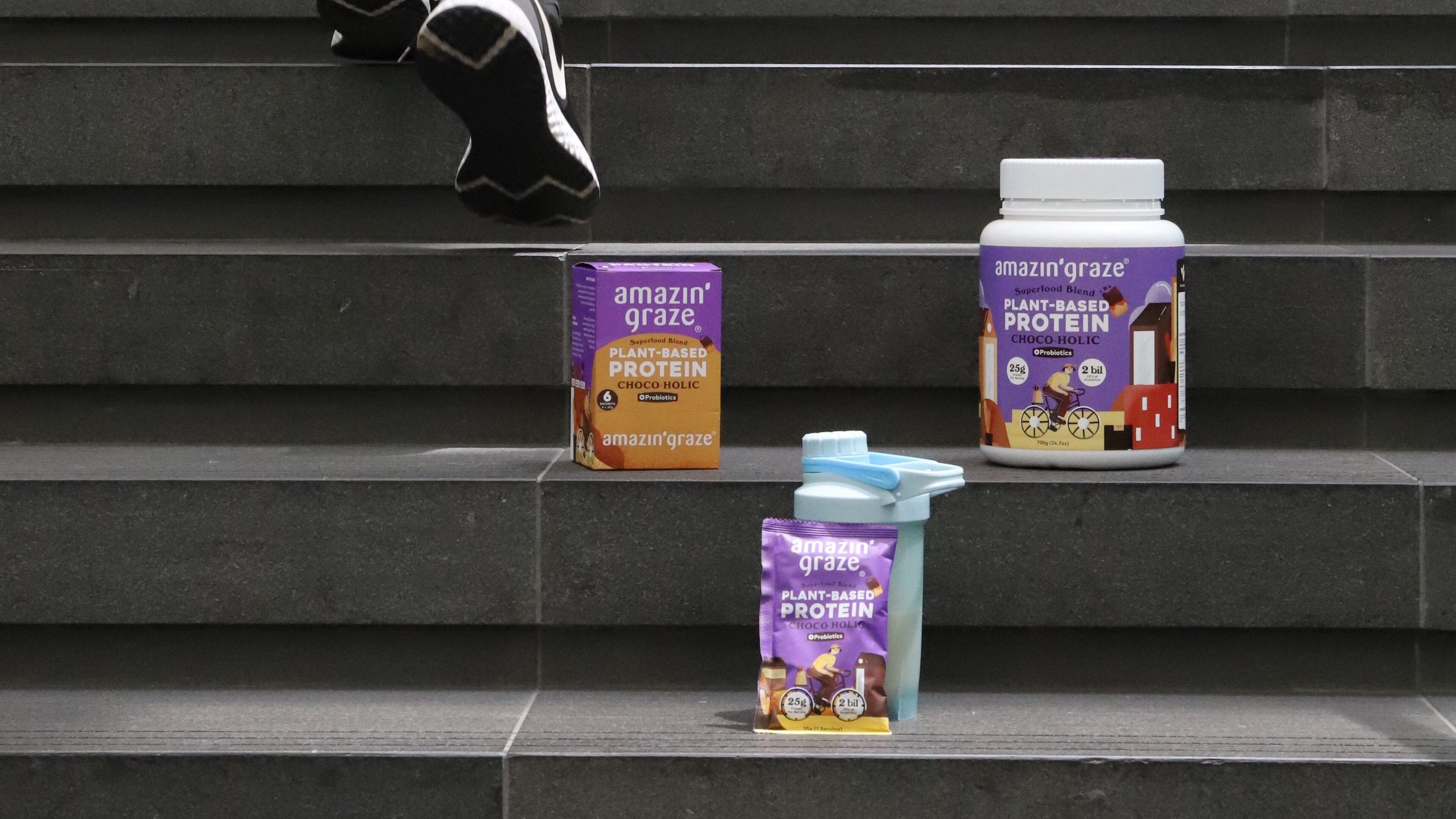South Korea recently implemented a new set of regulations mandating the inclusion of specific nutritional information on the labels of new food and beverage products and for this information to be registered via an online system, effective from July 1, 2023.
In line with this initiative, the government has also published a 50-page guidance booklet to help food and beverage manufacturers comply with the new requirements throughout this initial transitory period.
“The first thing to note is that the information that was attached to the manufactured products at the time of manufacturing (prior to the enforcement of the new regulations) may not match the nutrition information provided when the products are distributed – in this case, these products will not be considered in violation of the current regulations,” South Korea’s Ministry of Food and Drug Safety (MFDS) said via a formal statement.
“Similarly, there may also be some differences when considering unit conversion at the point of delivery, and these will also not be considered as violations.
“Another common question we get is for food ingredients or materials that are not directly sold to consumers but used in the manufacturing process – these are not subject to mandatory nutritional labelling at this stage, but it is still recommended to register as much nutritional information as possible for these where possible.”
The booklet also outline step-by-step instructions for manufacturers to register information via the MFDS online system, including methods for calculation and input of nutritional components such as calories, sodium, carbohydrates, sugars, fat, trans fats, saturated fats cholesterol and protein.
“This guidance also helps manufacturers to troubleshoot potential errors with their applications to shorten the time needed for registration,” said the ministry.
“This can include basic things such as keeping the numbers entered to two decimal places, ensuring the correct unit is used, and so on.”
Under the new labelling laws, most processed and packaged food and beverage products subject to mandatory nutrition labelling such as retort foods, bakery products, rice cakes, frozen desserts, ready-to-drink coffees and teas, juices, carbonated drinks, dairy products, ready-to-cook foods, health functional foods and more.
Items that are not subject to these labelling requirements are usually livestock or agricultural products used as raw ingredients to make processed foods and beverages or health functional foods.
These generally will not have direct contact with the consumer other than items used for home cooking, for example, meat, fish, eggs, vegetables, and so on.
Online system, better management
MFDS stressed that the use of an online system to register product information in addition to traditional nutrition labelling will provide for better evaluation and public health management moving forward.
“The nutritional composition information of food and beverage products is very important information to become the basic data used for nutrition evaluations and public health management,” it said.
“This will be the base of better policies and R&D, which will be crucial to developing new services and products as well as give more efficient and timely provision of food and nutrition information to the public.
“The idea is for the nutrient information provided by the food industry to be fully transparent and freely accessible to all moving forward, and we have plans to increase the utilisation of this system with more public data in the future.”





